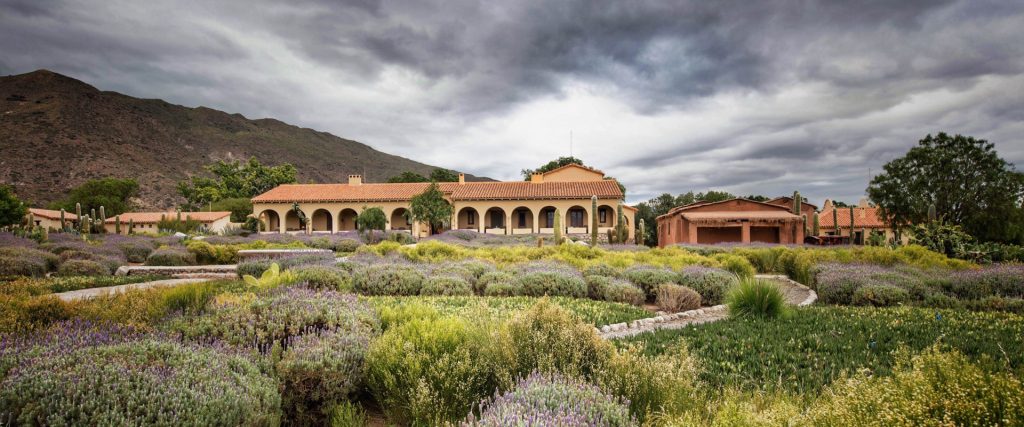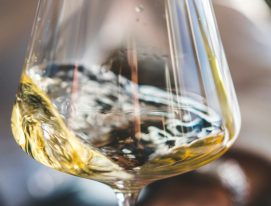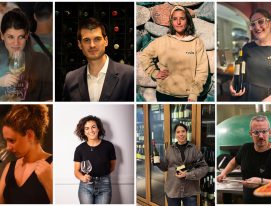The history of Bodega Colomé is as interesting as its viticultural output. For one thing, it’s the oldest winery in the country still in operation. It was first founded in 1831 by Nicolás Severo de Isasmendi y Echalar, the last representative of the Spanish crown to be posted in the north of the country that would soon be known as Argentina. After the May Revolution Isasmendi y Echalar was granted large tracts of land, including Colomé. He asked his daughter Ascención Isasmendi, who was studying in Europe at the time, to bring back European vines, which he then planted in Colomé and so viticulture in the High Calchaquí Valleys was born.
Since then, the vineyard has been productive, consistently offering surprising quality. In 1998, Donald and Úrsula Hess were inspired by the unique beauty and exceptional terroir of this region of Salta to make wines from one of the highest vineyards in the world. Thus Colomé became a tribute to their passion for nature and, of course, wine.
Bodega Colomé: wines of extreme altitude

Ana Papadópulos, the head of communications at Bodega Colomé, introduces us to the winery: “It’s very important to us to place an emphasis on the location. We want to champion Salta as a wine region with its own geographic identities and to mark the difference with other regions. It’s still the case that often when you say that you have a winery in Argentina people assume that it’s in Mendoza. And we need to emphasize that our wines are made at extreme altitude, not just altitude.”
In 1998, Ana says, Donald Hess was travelling through South America, tasting the best wines of the continent. But only when he got to Salta did he find something that really stirred him: the powerful sunlight and excellent terroir of Salta persuaded him to become a pioneer in the new category of “altitude” wines.
“Today we are continuing the tradition of making exceptional wines in small runs from vines farmed using sustainable methods in a pure micro-climate. The altitude guarantees cleaner air and oxygen, and greater proximity to the sun. The grape skins grow thicker which is why wines from the north are darker than in other regions. The color is quite distinctive. Because the grapes are so healthy, we get unique characteristics in terms of color and aromas. The cleaner air helps to prevent lots of diseases.”
The portfolio of Bodega Colomé includes maximum altitude Malbec, Pinot Noir and Sauvignon Blanc; Torrontés and small lots specially selected by the French oenologist Thibaut Delmotte.
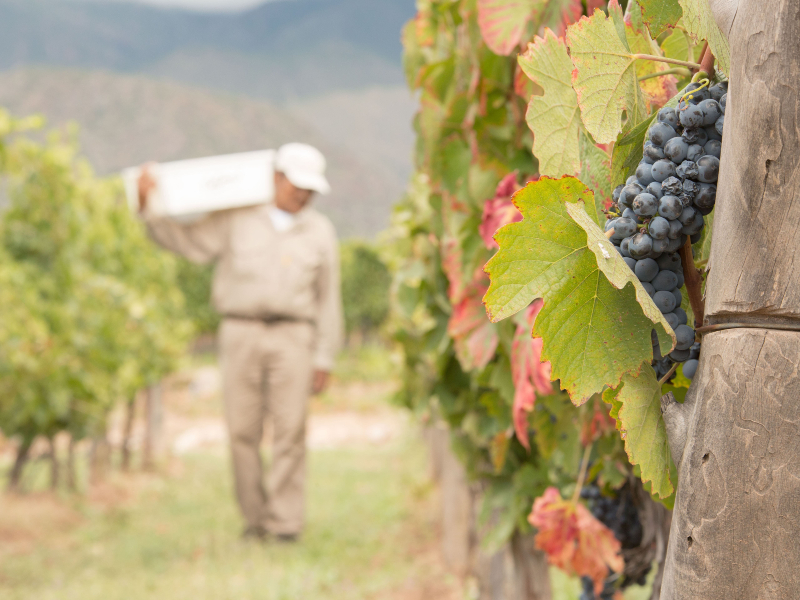
Ana is especially proud of the Misterioso wine. “It’s only sold at the winery. It comes from a parcel in which we found a number of different white varieties. We sent them for organoleptic analysis several times, in Argentina and the United States and the results show that there’s a little Torrontés and Sauvignon Blanc, but a lot of other varieties that we haven’t identified yet. And it’s a wonderful wine.”
Hospitality, lights and art

But there’s more to the winery than high altitude wine. Bodega Colomé is also home to the James Turrell Museum, a 1700 square meter building whose architectural design defies the limits of perception. The museum, which was opened on April 22 2009 after eight months of construction, houses the art of James Turrell, whose works play with natural and artificial light and shadow. At Bodega Colomé, visitors don’t just look at the art, they are immersed in it as they explore the spaces that come to life with the interaction of color and light.
In addition, for those seeking a complete experience, Bodega Colomé offers Estancia Colomé: a luxury inn set among the vineyards and mountains. With nine spacious, comfortable rooms surrounded by lavender gardens and panoramic views, it’s the perfect place to rest, explore the vineyards and take part in guided tastings.
Nature and the community in harmony
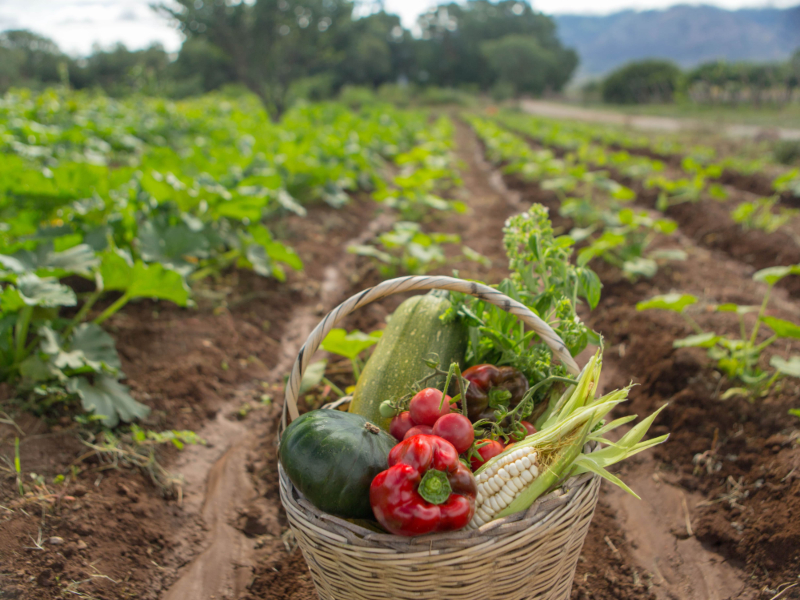
The vineyards of Bodega Colomé stretch out along the mountains, from La Brava in Cafayate to their highest point in Payogasta. Ana Papadópulos believes that each wine has its own personality and character. At that altitude and its extreme climate, one obtains wines of incomparable intensity and quality. The poor soils and scarce rainfall mean that the vines have to struggle to survive, producing pure, expressive fruit.
Employing sustainable agricultural practices and implementing programs that provide support for local education and community development, the winery makes a great effort to preserve the natural environment and enrich the lives of those who live in the region. “Since last year agricultural engineers have been working with a French company to optimize the use of water at the vineyard. They’re taking different measurements in the plants so that they get just the right amount of water, and none is wasted. With the latest technology we added a grape selection machine that inspects the grapes in great detail for the premium wines.”
Bodega Colomé, Ana tells us, is about more than wine and art: it represents a commitment to the land and its community.

